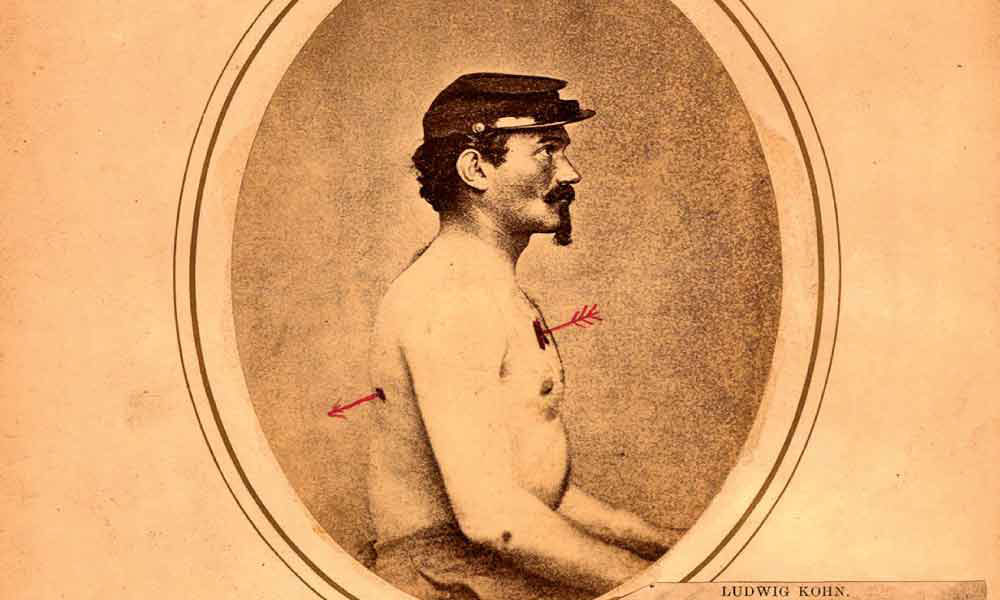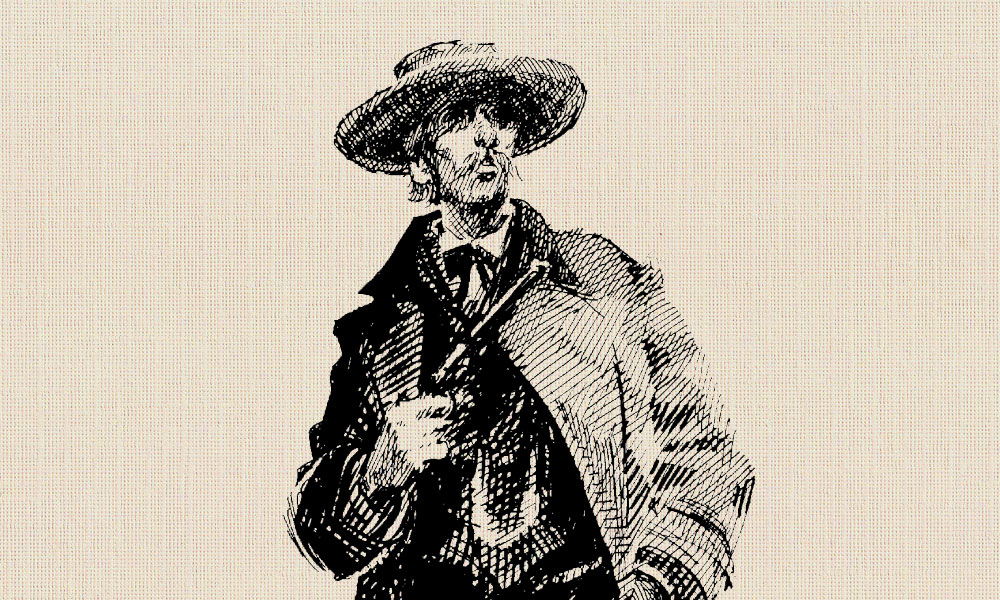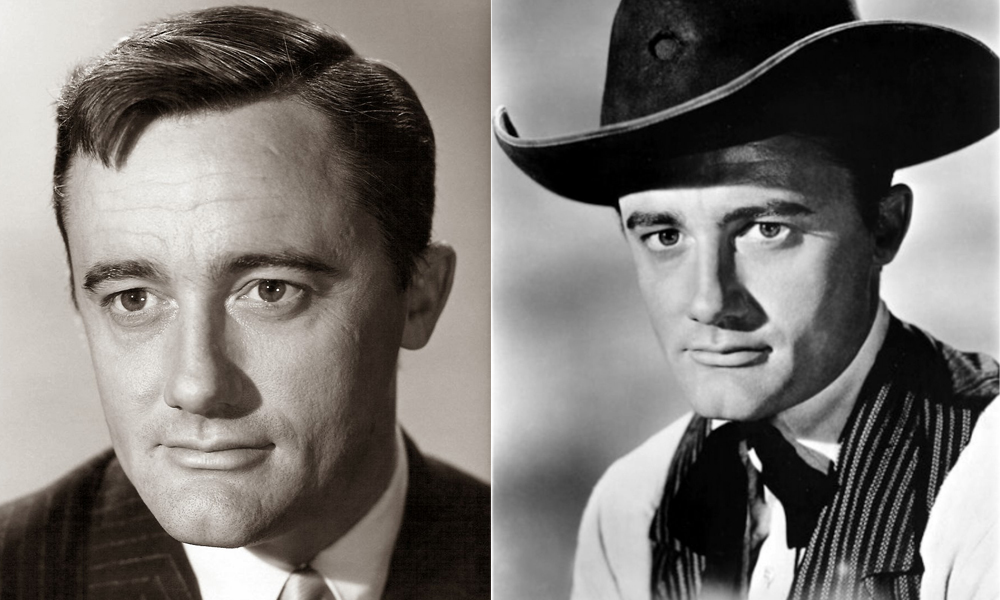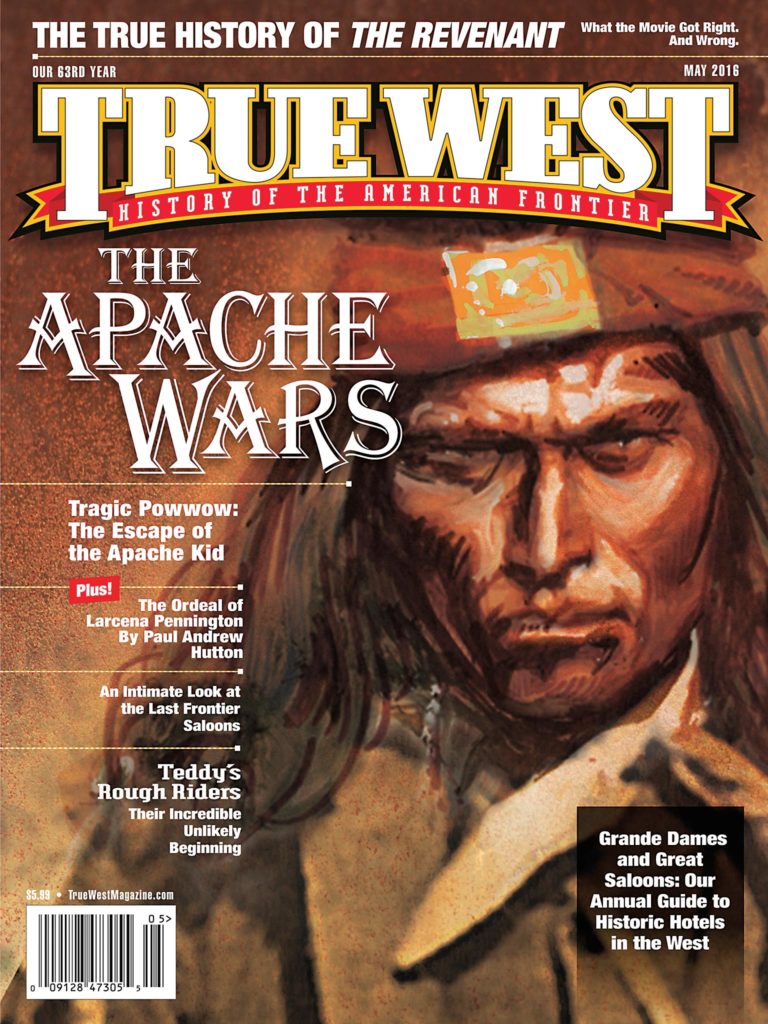
The only physical remnant of one of the West’s more unusual survival stories is an all-too-graphic reminder of the pain and suffering that frontier period warfare inflicted. The small metal arrowhead, catalogued as Specimen 5641 “Arrowhead of Apache Indians,” is housed in the National Museum of Health and Medicine in Silver Spring, Maryland.
After the May 21, 1862, founding of what was originally called the Army Medical Museum, medical officers were ordered to send to the Surgeon General “…all specimens of morbid anatomy, surgical or medical, which may be regarded as valuable; together with projectiles and foreign bodies removed…[for] the study of military medicine or surgery.”
Thus began the compilation of examples of the horrors of warfare and the limits of human suffering worthy of the pen of Edgar Allan Poe. The specimens were used to train new generations of military surgeons and occasionally provided forensic examples, such as for the inquest into the assassination of President Abraham Lincoln.
The arrowhead in question was removed by Assistant Surgeon A.H. Smith, in 1866, when he was serving at Texas’s Fort Bliss. The Southern Plains had long been a theater of war in which the U.S. Army had its hands full trying to subdue Comanche, Kiowa and Apache warriors. The threat of guerrilla warfare served as a constant companion for the men who patrolled this isolated corner of the West.
Smith, like other medical staff of that time, adapted his knowledge of treating wounds that he had learned on Civil War battlefields to include the complexities created by arrow injuries. Bows required a closer combat situation, as they did not have the reach and raw stopping power of the period’s large-caliber firearms. Arrows less often resulted in an immediate kill. Adept at rapid-fire archery, Plains Indians displayed an amazing capability of launching several shafts onto an intended target in the blink of an eye. While such skill often produced outright kills, the numerous survivors of arrow wounds created challenges in patient treatment for military surgeons.
European medicine had dealt with arrow wounds since ancient times. Then, as in 1866, the physicians were handicapped by not clearly knowing how infections worked. Louis Pasteur began conducting research on germs and disease in the 1850s-60s. Lacking antibiotics, surgeons had few options for treating infections. Arrowheads, even when they were not dipped in poison or feces, were potential breeding grounds for disease, as were the mastics or cordage used to affix the arrowhead to the shaft. In the case of even light wounds, contamination produced by these materials could kill the victim.
The period’s medical records often followed a pattern similar to that of Andrew Snowdon of the 14th Infantry. Ambushed by Apaches on March 22, 1866, near Arizona’s Maricopa Wells, Snowdon was struck in the back of the head by an arrow. The first attempt to remove the missile left the arrowhead in the cranium.
By April 12, Snowdon’s health significantly deteriorated, and he became “dull and stupid.” He was transported to surgeon Charles Smart at Fort McDowell. On April 20, almost a month after the injury, Smart inserted a probe into Snowdon’s skull and removed the arrowhead. During the procedure, the patient was quiet, except for those times when “he would burst into a violent scream.”
Snowdon’s right side was paralyzed after the surgery. The soldier began to improve both mentally and physically once he started eating. But on May 7, Snowdon developed a fever. He died on May 13. He had survived 51 days since his wounding and met death due to the infection caused by the surgery to remove the arrowhead.
Smith beat the odds with his patient at Texas’s Fort Bliss. Into his care came a Mexican herdsman with an arrow wound to the testes delivered during an Apache ambush roughly three months earlier. That he had lived for months with this impossibly painful wound was perhaps a testament to the availability of opiates combined with the man’s iron constitution.
When Smith examined the wound, the shaft had long since been removed, and the wound had healed over. Smith’s report indicated that the arrowhead was easy to locate and remove, once again, probably a testament to a liberal application of painkillers to the patient.
The herdsman apparently healed well, and the report mentioned satisfaction at the scar that formed over the wound. Smith sent the arrowhead to the Army Medical Museum.
Once he recovered and was discharged, the herdsman dropped out of the historical record. He truly contributed one of the more memorable tales of survival out West.
Terry A. Del Bene is a former Bureau of Land Management archaeologist and the author of Donner Party Cookbook and the novel ’Dem Bon’z.





